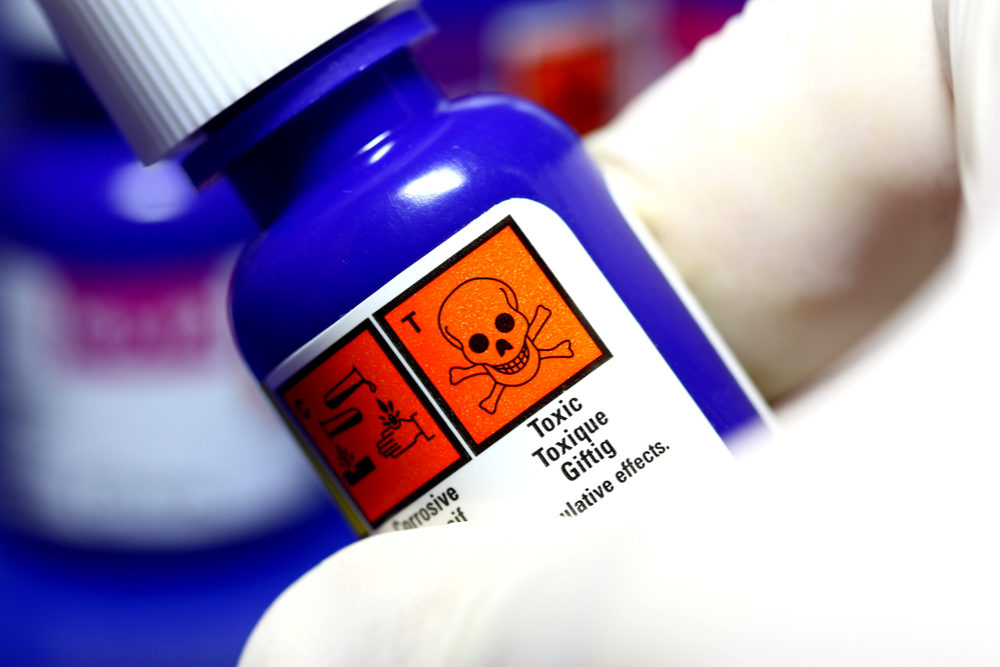EPA Unveils Strategy For Commercial Chemical Evaluations

Federal environmental safety officials have announced three new rules that are designed to form the backbone of a strategy that will evaluate and regulate new chemicals, to help determine potential risks to the public health and environment.
The Environmental Protection Agency (EPA) announced the proposed rules on January 13, which would establish the first-ever, comprehensive regulatory strategy for chemicals entering U.S. commerce.
The three new rules follow the passing of The Frank R. Lautenberg Chemical Safety for the 21st Century Act, which was signed into law by President Barack Obama on June 22, 2016, as the first update to the Toxic Substances Control Act (TSCA) since it was originally enacted in 1976.

Did You Know?
Millions of Philips CPAP Machines Recalled
Philips DreamStation, CPAP and BiPAP machines sold in recent years may pose a risk of cancer, lung damage and other injuries.
Learn MoreIn addition to the new “foundational” rules, the EPA has also proposed three rules restricting specific high risk uses of a number of chemicals. The rules must be finalized by June 2017, according to mandates set in the new chemical law.
Oversight and regulation has become a necessity for chemicals entering U.S. commerce, given the new technology and scientific developments that prove certain popular household chemicals used heavily over the last forty years may actually be harmful and cause diseases from overexposure, experts say.
The EPA indicates that the proposed rules will set into motion a process designed to quickly evaluate chemicals that have been entered into commerce over the last decade, by granting them the authority to identify chemicals made in, imported into or processed within the U.S. The EPA will decide which of those have potential health and environmental risks through the use of scientific data and assess those risks and pursue regulatory controls as needed.
As part of the new rules, the EPA will be required to systemically prioritize existing chemical substances that have entered the market within the past 10 years. The new process will be managed by the EPA’s Office of Chemical Safety and Pollution Prevention and Office of General Counsel.
The American Chemistry Council released a statement praising the EPA for their fast development and implementation of the new chemical evaluation rules. Since Congress last amended the TSCA when it was enacted into law in 1976, tens of thousands of chemicals were automatically grandfathered into production as presumable safe materials without any federal or scientific evaluation to assess their risk to human or environmental risks.
According to prior research by the EPA, of the 85,000 known chemicals, about 1,000 are used in everyday consumer products and are in need of safety reevaluation. The EPA placed 90 chemicals known to pose health risks on a list called the TSCA Work Plan and intends to place those chemicals high on its prioritization list.
Included in the EPA’s new rules, the agency has set specific agendas for certain chemicals, particularly for paint and coating removal uses of two solvents, methylene chloride and n-methylpyrrolide, dry cleaning and aerosol degreasing uses of other solvents including trichloroethylene, and the vapor degreasing uses of trichloethylene.
In December, the EPA announced ten chemicals it was making a priority to review, including asbestos and dioxane.
When a chemical is deemed to pose an unreasonable risk the EPA must take action within two years, with the possibility of an extension to four years. Bans and phaseouts have to occur within five years of an assessment that a chemical is unreasonably dangerous.
For new chemicals, the EPA must review and declare that a chemical is safe before it is allowed on the marketplace and can ban, require additional testing, or place limitations on new chemicals and their uses.
Much of the funding will come from chemical manufacturer user fees. When a manufacturer wants their chemical tested, they must pay 50% of the cost if it’s already on the EPA’s agenda, or 100% if the EPA has not yet scheduled a review. They will pay fees for submitting test data, for notices of new chemicals, and other activities.
Get more articles like this sent directly to your inbox.
"*" indicates required fields





0 Comments